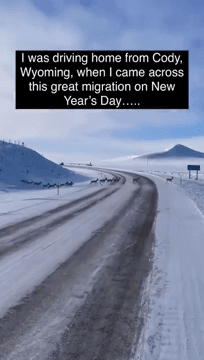
Fox Hunting in Britain Fox hunting has been occurring in different guises worldwide for hundreds of years. Indeed the practise of using dogs with a keen sense of smell to track prey has been traced back to ancient Egypt and many Greek and Roman influenced countries. However it is believed that the custom for a fox to be tracked, chased and often killed by trained hunting hounds (generally those with the keenest sense of smell known as ‘scent hounds’) and followed by the Master of the Foxhounds and his team on foot and horseback, originated from a Norfolk farmer’s attempt to catch a fox using farm dogs in 1534. Whilst foxes were widely regarded as vermin and farmers and other landowners had hunted the animals for many years as a form of pest control (both to curb their attacks on farm animals and for their highly prized fur) it wasn’t until the eighteenth century that fox hunting developed into it’s most modern incarnation and was considered a sport in its own right as a result of the
Post: 26 May 12:32















































